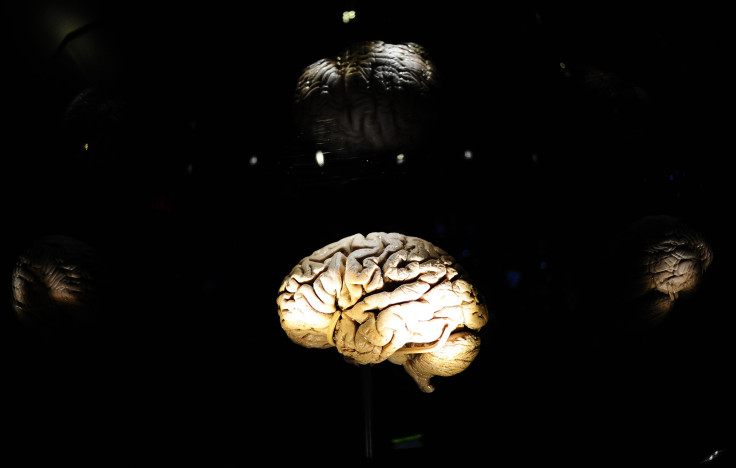What Is Consciousness? Self-Awareness May Be A Side Effect Of Brain Trying To Maximize Entropy, Researchers Say

What is consciousness, and how does it emerge from inanimate matter?
After all, the atoms that constitute the brain — the birthplace of consciousness — are the same as the atoms that make up the chair you are currently sitting on. Why are we sentient and self-aware even though a multitude of inanimate objects around us are not? At what point do physical entities — neurons, in this case — give rise to something as abstract as consciousness?
These are the questions that have, for the better part of the last two decades, occupied some of the greatest minds in physics, cognitive science and neuroscience.
A team of scientists in France and Canada has now come up with an intriguing solution to the problem of consciousness. In a paper accepted for publication in the journal Physical Review E, the researchers posit that consciousness is simply a result of the brain trying to maximize its information content. In other words, consciousness emerges because brains — like everything else in the universe — strive to move toward a state of high entropy.
The second law of thermodynamics states that entropy, or the degree of disorder or randomness, in an isolated system always increases. Thus, a cup can fall and shatter into a hundred pieces — a state of high entropy — but those pieces can never reattach and become an unbroken cup.
In order to test their hypothesis, the researchers used statistical mechanics to model networks of neurons in nine people — seven of whom had epilepsy. By studying synchronized, or interconnected, neurons when participants were asleep and awake, they found that the participants’ brains exhibited higher entropy when they were fully conscious.
“We sought to identify features of brain organization that are optimal for sensory processing, and that may guide the emergence of cognition and consciousness, by analysing neurophysiological recordings in conscious and unconscious states,” the researchers wrote in the paper. “We find a surprisingly simple result: normal wakeful states are characterised by the greatest number of possible configurations of interactions between brain networks, representing highest entropy values. Therefore, the information content is larger in the network associated to conscious states, suggesting that consciousness could be the result of an optimization of information processing.”
According to the authors of the study, this observation may explain the emergence of properties associated with consciousness.
“It has been proposed that aspects of awareness emerge when certain levels of complexity are reached," the researchers said. "It is then possible that the organization (complexity) needed for consciousness to arise requires the maximum number of configurations that allow for a greater variety of interactions between cell assemblies because this structure leads to optimal segregation and integration of information.”
In order to test their theory further, the researchers said they would like to measure the thermodynamic states in different regions of the subjects’ brains, and would also seek to carry out experiments to assess if variations in entropy correlates with varying degrees of consciousness, Physics World reported.
© Copyright IBTimes 2025. All rights reserved.





















